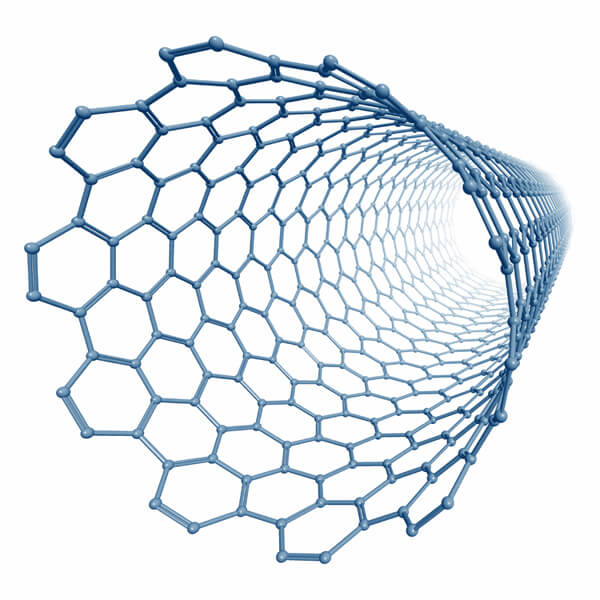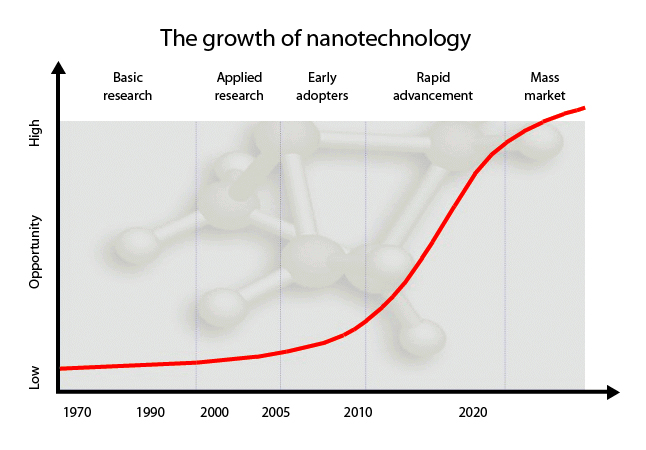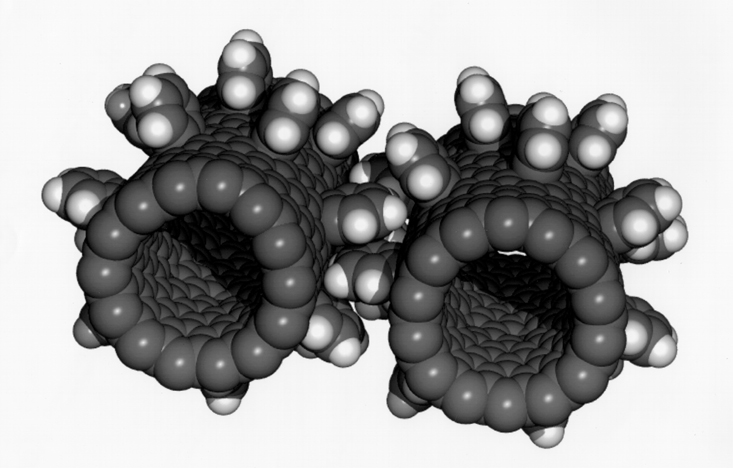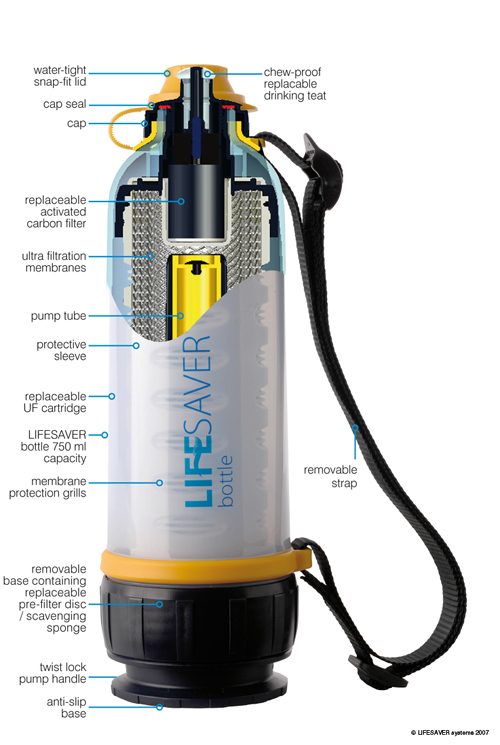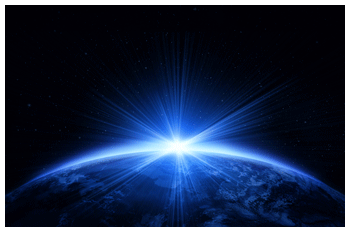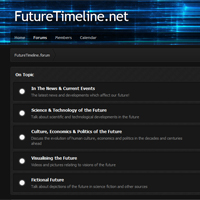
|
|||
Nanotechnology W - Water filters
|
||
Nanotechnology
(general) Many unique properties and uses can be derived from structures built at the nanoscale, giving nanotechnology enormous potential for future development. A relatively new and emerging field of science, nanotechnology was first alluded to in 1959, but remained largely theoretical until the 1980s. The invention of the scanning tunneling microscope (STM) allowed the first direct manipulation of individual atoms. A major breakthrough occurred in 1989 when IBM used such a machine to spell out their corporate logo, using just 35 atoms.
Carbon nanotubes were demonstrated in 1991. These cylindrical structures were found to possess exceedingly high strength and unique electrical properties, as well as being highly efficient thermal conductors.
Various other structures were developed over the following two decades, each built on an atom-by-atom basis. Today, nanotechnology is among the fastest growing areas of science and technology, with exponential progress being made. Just some of the recent breakthroughs have included: • The first integrated circuits using three-dimensional carbon nanotubes. These could be vital in maintaining the growth of computer power, allowing Moore's Law to continue. • Solar panels with greater efficiency through the use of nanotechnology materials. • Water purification bottles, with filters only 15 nanometres in width, allowing military personnel and also civilians hit by disasters to create safe drinking water (even if that water comes from a filthy source). • Military equipment made lighter and stronger through the use of nanomaterial composites. • Nanostructured polymers in display technologies allowing brighter images, lighter weight, less power consumption and wider viewing angles. • Nanotechnology surfaces which are highly resistant to bacteria, dirt and scratches. • New fabrics that are highly resistant to liquid, causing it to simply fall off without leaving any dampness or stains. • Nanostructured catalysts used to make chemical manufacturing processes more efficient, saving energy and reducing waste products. • Pharmaceutical products reformulated with nanosized particles to improve their absorption and make them easier to administer. There are many other applications and the list is growing all the time.* By 2025, nanotechnology is expected to be a mature industry, with countless mainstream products.
Further into the future, nanotechnology will play a major role in medicine and longevity. Blood cell-sized devices will go directly into the human body, eradicating pathogens and keeping people healthy. Full-immersion virtual reality and other advanced concepts will become possible through the use of these "nanobots". Meanwhile, so-called "nanofabricators" would allow the creation of macro-scale objects on an atom-by-atom basis. Home appliances using this technology could serve as 3-D printers - downloading products from the web and literally building them from scratch. Physical items would each have their own code or algorithm that would program the machine to create them.* Quantum computers, invisibility cloaks and space elevators may one day become a reality, thanks to nanotech. In the more distant future, nanotechnology could allow humans to make the transition to fully non-biological forms. Entire bodies and brains could be reconstructed at the atomic scale, leading to practical immortality. Much debate has taken place on the implications of nanotechnology. It has the potential to create radically new materials and devices with a vast range of applications in engineering, medicine, electronics and energy production. On the other hand, nanotechnology raises many of the same issues as with any introduction of new technology - including concerns about the toxicity and environmental impact of nanomaterials, and their potential effects on global economics, as well as speculation about various doomsday scenarios.* These concerns have led to a debate among advocacy groups and governments on whether special regulation of nanotechnology is required.
Water
filters The "Lifesaver Bottle" filters water-borne pathogens, using holes just 15 nanometers across. This prevents even the smallest viruses (25 nanometers across) getting through, and eliminates the need for chemicals to treat the water. The Lifesaver Bottle is fitted with a 4000UF replaceable purification cartridge that removes bacteria, viruses, cysts, parasites, fungi, and all other microbiological water-borne pathogens.* It also comes with an activated carbon filter, made of a high specification activated carbon block. This reduces a broad spectrum of chemical residues including: pesticides, endocrine disrupting compounds, medical residues and heavy metals such as lead and copper. The carbon filter also eliminates bad tastes and odors from contaminates such as chlorine and sulphur. It is designed to last for approximately 250 litres.*
|
||
|
References 1 The Project on Emerging Nanotechnologies, Nanotechnology Project: 2 Nanotech assembler, YouTube: 3 10 Ways the World Will End: Invasion of the Grey Goo, YouTube: 4 Michael Pritchard makes filthy water drinkable, TEDTalks:
|
||
|
|||
|
|
Follow us » |
|
|
|
|
Latest prediction »
Latest blog »
|
|
|
|
|
Visit our forum »
|
|
|
|
|
|
|
|
|
